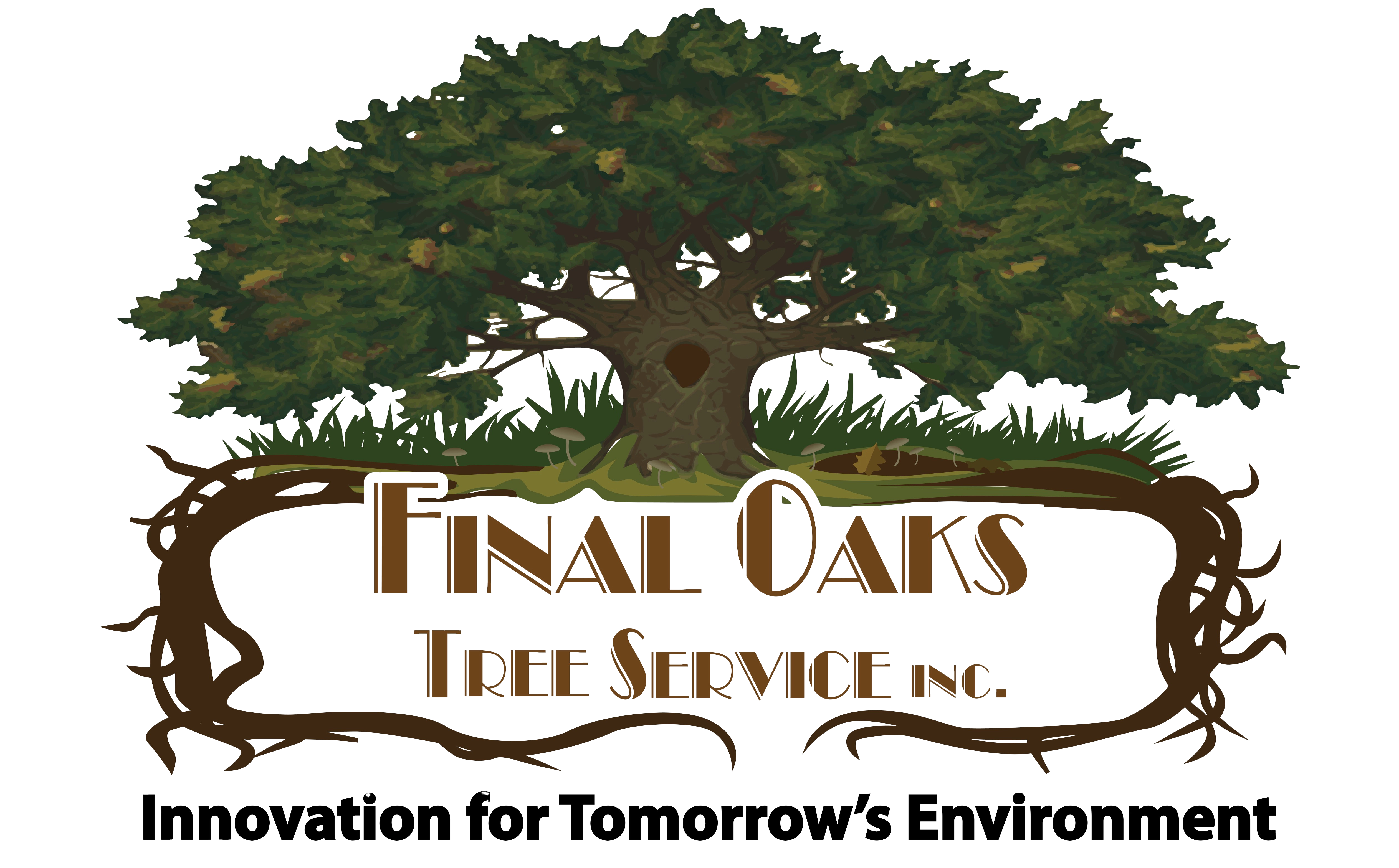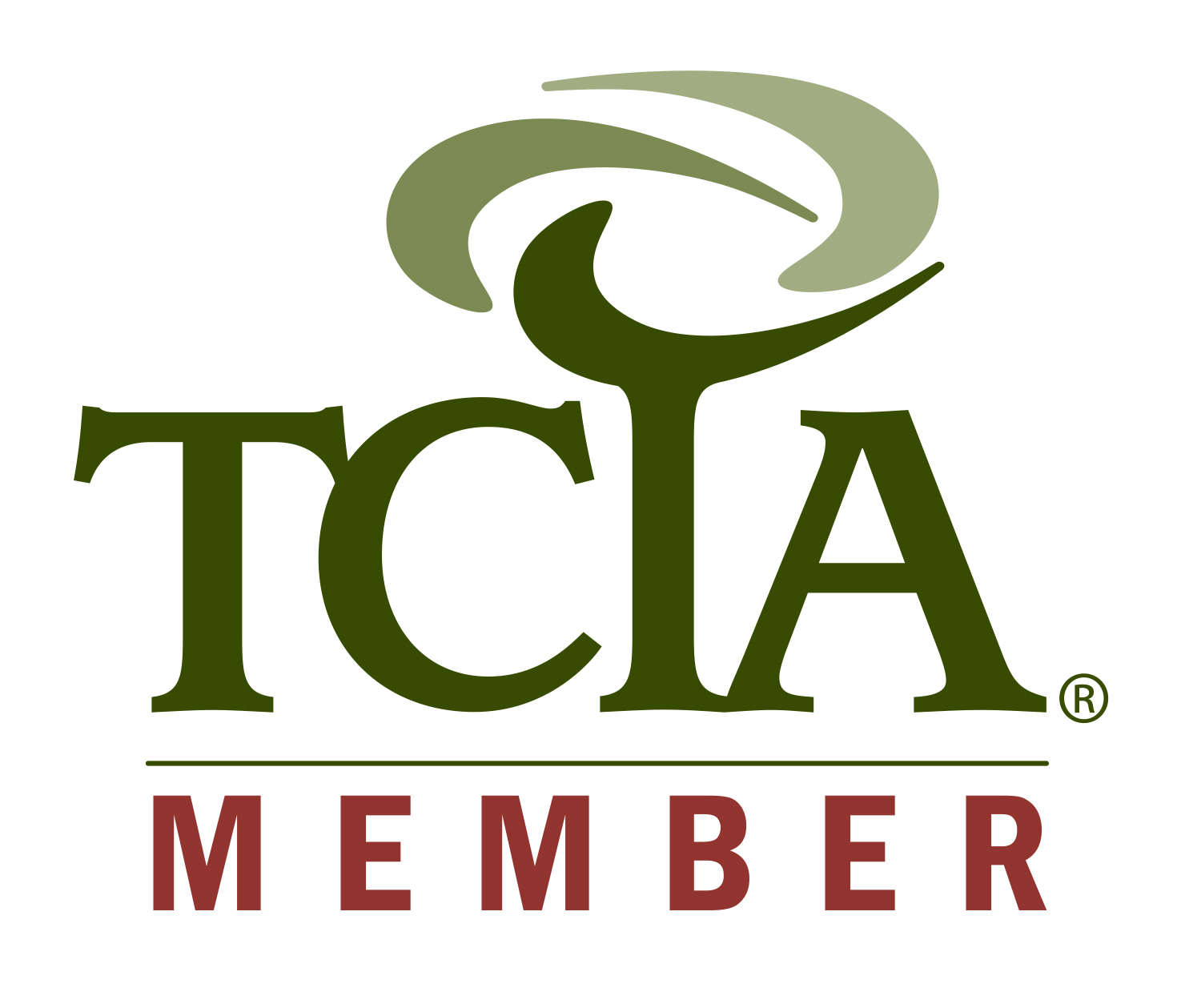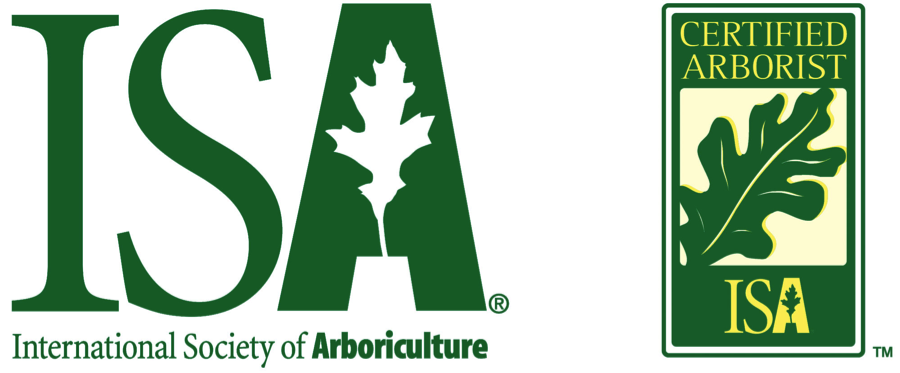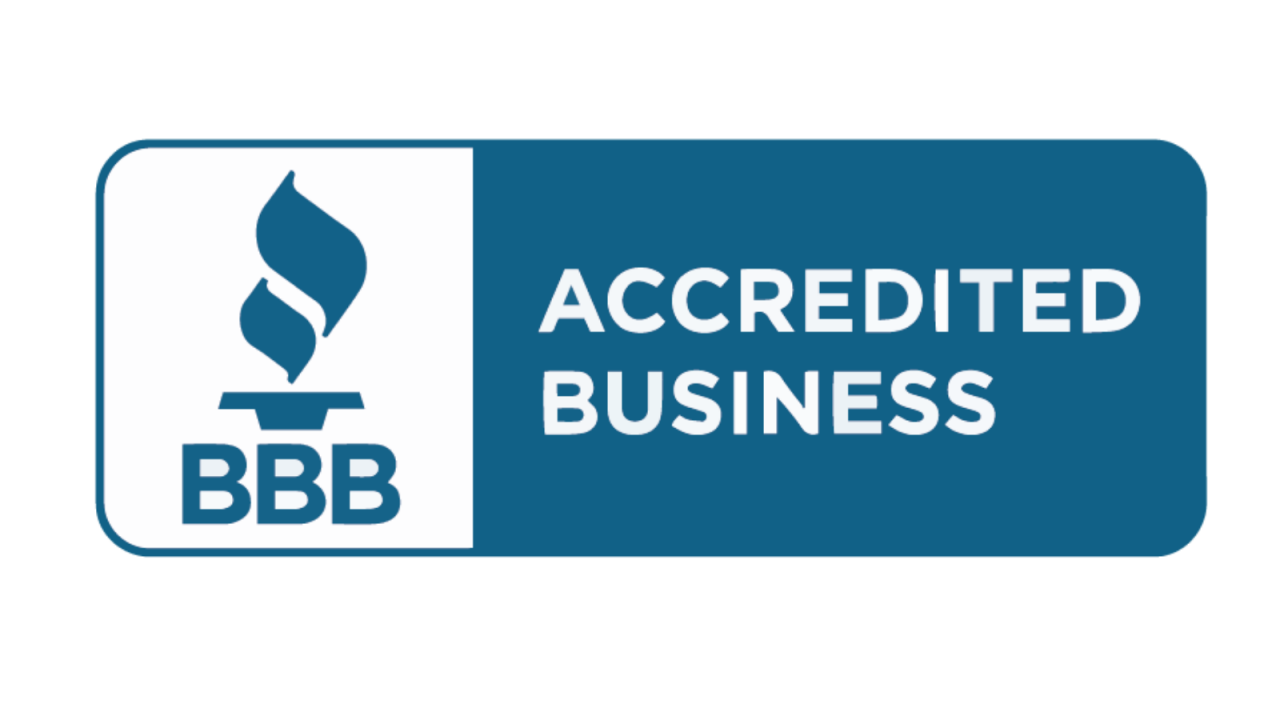You need to follow strict safety protocols when using cranes for tree removal to protect workers, property, and bystanders.

Cranes make tree removal more efficient, but they also bring risks. You must ensure proper setup, communication, and operation of the crane.
This includes checking the ground stability, setting outriggers correctly, and keeping the work area clear. The crane operator and ground crew need constant communication during the job.
Before starting, inspect all equipment and plan the lift carefully. Know the tree’s weight and the crane’s load limits.
Remove sections of the tree in manageable pieces. Always be ready for unexpected events like sudden branch movements or equipment failures. With the right precautions, crane-assisted tree removal can be done safely and effectively.
Understanding Crane-Assisted Tree Removal
Crane-assisted tree removal is a method that combines skill, technology, and careful planning. It offers a safer and more efficient way to remove large or hard-to-reach trees.
Basics of Crane Operation in Tree Removal
Crane operation in tree removal involves lifting and moving large sections of a tree.
You’ll see the crane operator work closely with the tree removal team. They use hand signals or radios to communicate.
The crane’s boom extends over the tree. A certified arborist attaches rigging to selected parts of the tree. The crane then lifts these sections and moves them to a safe drop zone.
Safety is key. The team must consider the tree’s weight, wind conditions, and nearby structures. They also need to watch for power lines and other hazards.
Types of Cranes Used in Tree Services
Different types of cranes suit various tree removal jobs. Truck-mounted cranes are common. They’re mobile and can set up quickly on most job sites.
All-terrain cranes work well in rough or muddy areas. They have special tires and can drive to hard-to-reach spots.
Tower cranes are used for very tall trees or in tight urban spaces. They can reach great heights and work over buildings.
Each crane type has its own load capacity and reach. Choosing the right crane depends on the tree size, location, and site access.
Advantages of Using Cranes for Tree Removal
Cranes make tree removal safer and faster. They reduce the risk of damage to nearby structures and landscapes.
With a crane, you can remove large sections of a tree at once. This speeds up the job and lowers costs. It’s especially useful for trees near buildings or power lines.
Cranes allow for precise control of where tree sections are placed. This helps protect gardens, lawns, and other property features.
Using a crane often means fewer workers on the ground. This improves safety and efficiency. It also allows for the removal of trees in spots that would be hard to reach otherwise.
Pre-Removal Planning and Assessment

Proper planning is crucial for safe crane tree removal. You need to evaluate the tree’s condition, assess the surrounding area, and select the right equipment. These steps help prevent accidents and ensure efficient removal.
Assessing Tree Health and Stability
Start by examining the tree’s overall health. Look for signs of decay, disease, or structural weakness.
Check for cracks, cavities, or fungal growth on the trunk and major branches. Assess the root system for any visible damage or instability.
Use specialized tools like a resistograph to measure wood density and detect internal decay. Tap the trunk with a mallet to listen for hollow sounds that may indicate rot.
Evaluate the tree’s lean and weight distribution. Note any branches extending over structures or power lines. This information helps you plan the safest removal strategy and determine the crane’s lifting capacity.
Surveying the Environment and Accessibility
Examine the area around the tree carefully. Identify potential obstacles like buildings, fences, or utility lines. Measure the distance between the tree and these structures to plan crane placement.
Check ground conditions for stability. Look for soft spots, underground utilities, or irrigation systems that could affect crane setup.
Consider weather forecasts, as wind and rain can impact safety.
Assess access routes for bringing in equipment. You may need to create temporary roads or remove obstacles. Plan how to protect nearby landscaping or property during the removal process.
Obtain necessary permits and notify neighbors about the planned work. This helps prevent conflicts and ensures compliance with local regulations.
Determining the Right Crane for the Job
Choose a crane based on the tree’s size, weight, and location. Consider factors like the tree’s height, diameter, and species to estimate its weight accurately. Add extra capacity for safety margins.
Select a crane with sufficient reach to access all parts of the tree. Factor in the distance from the crane’s set-up position to the farthest point of the tree.
Consider using a crane with a telescoping boom for greater flexibility in tight spaces. For very large trees or difficult access, you might need multiple cranes or specialized equipment.
Ensure the crane operator is certified and experienced in tree removal operations. Review the lift plan together, discussing communication methods and emergency procedures.
Safety Protocols and Equipment
Safety is vital when using cranes for tree removal. Proper protocols and equipment protect workers and bystanders from accidents.
Crane Safety Measures
Crane safety standards are crucial for tree removal operations. Always inspect the crane before use. Check for damage, wear, and proper functioning of all parts.
Make sure the crane operator is certified and experienced. They should know the crane’s load capacity and limitations.
Use a spotter to guide the crane operator. The spotter should have clear communication with the operator at all times.
Set up the crane on stable, level ground. Use outriggers to distribute the load evenly.
Never exceed the crane’s rated capacity. Factor in the weight of the tree sections being removed.
Keep the work area clear of unnecessary personnel. Set up barriers to prevent unauthorized access.
Personal Protective Equipment (PPE)
Proper PPE is essential for all workers involved in crane tree removal.
Hard hats protect against falling debris and are a must-wear item.
Safety glasses shield eyes from wood chips and dust. Use ear protection to guard against noise from chainsaws and equipment.
Wear steel-toed boots to protect feet from falling branches. Choose boots with good traction to prevent slips.
Use cut-resistant gloves when handling ropes or branches. High-visibility vests help workers stay visible to the crane operator.
For arborists working in trees, use a fall protection harness. Ensure it’s properly fitted and attached to a secure anchor point.
Emergency Procedures and First Aid
Develop an emergency response plan before starting work. Make sure all workers know their roles in case of an accident.
Keep first aid kits easily accessible on-site. Train workers in basic first aid and CPR.
Have an evacuation plan ready. Identify safe assembly points away from the work area.
Post emergency contact numbers visibly. Include local emergency services and the nearest hospital.
If an accident occurs, stop all work immediately. Assess the situation and call for help if needed.
Regularly practice emergency drills. This helps workers respond quickly and effectively in real emergencies.
Crane Operators and Arborists: Roles and Responsibilities
Crane operators and arborists play crucial roles in safe tree removal. Their skills and teamwork are key to successful crane-assisted tree removal operations.
Required Qualifications and Training for Crane Operations
Crane operators need specific certifications to work in tree removal. You must have a valid crane operator license and complete safety training programs. These programs cover crane operation, load calculations, and rigging techniques.
Key qualifications for crane operators include:
- NCCCO certification
- OSHA safety training
- Experience with different crane types
- Knowledge of tree removal processes
Ongoing training is vital. You should stay updated on new safety rules and crane technologies. This helps ensure safe and efficient operations during tree removal jobs.
Arborist Expertise in Tree Removal Processes
Arborists bring specialized knowledge to crane-assisted tree removal. You need to understand tree biology, structure, and removal techniques. Certification from professional organizations is often required.
Arborist responsibilities include:
- Assessing tree health and stability
- Planning safe removal strategies
- Identifying potential hazards
- Proper cutting and rigging techniques
Your expertise helps determine the best approach for each tree. This includes deciding where to make cuts and how to rig tree sections for crane lifting.
Collaboration Between Crane Operators and Arborists
Teamwork between crane operators and arborists is essential. You must communicate clearly and work together closely throughout the removal process.
Key aspects of collaboration:
- Pre-job planning meetings
- Agreeing on hand signals and communication methods
- Coordinating lifting sequences
- Adapting plans as needed during removal
Your combined skills make tree removal safer and more efficient. Crane operators provide the lifting power, while arborists guide the precise cuts and rigging. This teamwork helps avoid accidents and property damage during complex removals.
Effective Communication and Signaling

Good communication is key to safe crane tree removal. Clear signals and proper protocols help prevent accidents and ensure smooth operations.
Communication Protocols Between Team Members
You need to establish a clear chain of command for your crane tree removal team. The crane operator should have a designated signal person to communicate with. This person relays messages between the operator and ground crew.
Set up a system of radio communication. Each team member should have a walkie-talkie or headset. Use agreed-upon code words or phrases for common actions. This helps avoid confusion.
Before starting work, hold a safety briefing. Go over the day’s plan and any potential hazards. Make sure everyone knows their role and understands the communication system.
Hand Signals and Their Importance
Hand signals are crucial when radio communication fails. You should train all team members in standard crane hand signals. These include signals for stop, raise, lower, and move slowly.
The designated signal person should stand where the crane operator can see them clearly. Use big, clear motions when giving hand signals. Avoid sudden movements that could be misinterpreted.
Practice hand signals regularly with your team. This builds muscle memory and reduces mistakes. In noisy or low-visibility conditions, hand signals may be your only reliable form of communication.
Using Technology for Improved Communication
Modern technology can enhance crane safety and communication. You might consider using remote-controlled cranes for better visibility and control.
Install cameras on the crane to give the operator a better view. This is especially helpful when working around tall trees or buildings. Some systems even use augmented reality to show safe load paths.
Use smartphone apps designed for crane operations. These can help with load calculations and provide digital versions of hand signals. Some apps also allow real-time sharing of site plans and safety information.
Remember to have backup communication methods. Technology can fail, so always be prepared to use traditional signals if needed.
Execution of Crane-Assisted Tree Removal
Crane-assisted tree removal requires careful planning and precise execution. Safety and efficiency are key when using specialized equipment to remove trees in challenging situations.
Securing the Tree and Crane Positioning
Begin by assessing the tree and surrounding area for potential hazards. Secure the tree with proper rigging techniques to prevent unexpected movement.
Position the crane strategically, considering ground stability and overhead obstacles. Use outriggers to stabilize the crane. Ensure they’re on solid ground or use support pads for even weight distribution.
Calculate the tree’s weight and choose appropriate lifting equipment. Select slings and shackles rated for the load. Attach them securely to strong points on the tree.
Place workers in safe zones away from potential drop areas. Use hand signals or radio communication between the crane operator and ground crew for clear coordination.
Precision Cutting and Controlled Removal
Plan your cutting sequence carefully. Start with smaller sections at the top and work your way down.
Use a grapple saw for precise cuts in hard-to-reach areas. Make your initial cut slightly above where the crane is attached. This allows the section to pivot upward, reducing strain on the crane.
Control the swing of cut sections using tag lines. Guide pieces to designated drop zones or directly onto waiting trucks. For large sections, use multiple attachment points to balance the load. This prevents unexpected shifts during lifting.
Always maintain tension on the crane line as cuts are made. This helps control the section’s movement after it’s separated from the tree.
Dealing with Hazardous Trees and Confined Spaces
Approach hazardous trees with extra caution. Look for signs of decay, weak branch unions, or structural damage.
Use a bucket truck or aerial lift for close inspections when needed. In confined spaces, plan your crane movements carefully. Use a spotter to watch for obstacles and ensure safe clearance.
Consider using a crane with a telescoping boom for better maneuverability in tight areas. This allows for more precise positioning and control.
For trees near structures, use protective mats or plywood to prevent damage from falling debris. Set up exclusion zones to keep bystanders at a safe distance.
In cases of extreme decay or instability, remove the tree in smaller sections to reduce risks. Always prioritize worker safety over speed of removal.
Post-Removal Procedures

After crane tree removal, careful attention to post-operation tasks ensures safety and site restoration. These procedures involve cleanup, equipment management, and final safety checks.
Site Cleanup and Debris Management
Start by clearing all tree debris from the work area. Use chainsaws to cut larger branches into manageable pieces. Gather smaller twigs and leaves with rakes and leaf blowers.
Sort wood waste for disposal or recycling. Larger logs may be useful as firewood or mulch. Smaller branches can be chipped on-site if you have a wood chipper.
Check the area for any remaining hazards like sharp stumps or exposed roots. Cover or remove these to prevent accidents. Rake the ground smooth to level any depressions left by falling debris.
Dispose of debris properly. Many areas have specific rules for yard waste disposal. Check local regulations before removing materials from the site.
Crane Dismantling and Transportation
Begin crane dismantling once the site is clear of debris. Follow the manufacturer’s instructions carefully during this process.
Remove any temporary pads or mats used to stabilize the crane. Inspect these for damage before storage.
Retract the crane boom fully. Secure all movable parts to prevent shifting during transport.
Disconnect and safely store any detachable components like rigging equipment or extra counterweights.
Load the crane onto appropriate transportation. Use proper tie-downs to secure the equipment. Double-check all fasteners before moving.
Ensure the transport vehicle’s weight capacity matches the crane’s load. Obey all traffic laws and route restrictions during transportation.
Post-Operation Safety Checks
Conduct a thorough inspection of the work area. Look for any overlooked hazards or property damage.
Check nearby structures for any signs of accidental impact. This includes buildings, fences, and other trees.
Examine the ground for soil compaction or damage from crane outriggers. Address any significant depressions to prevent water pooling.
Test all safety equipment used during the operation. Clean and store items properly for future use.
Review the job with your team. Discuss any challenges or near-misses to improve future operations.
Document the completed work, including before and after photos. This helps with client communication and can protect you legally.






